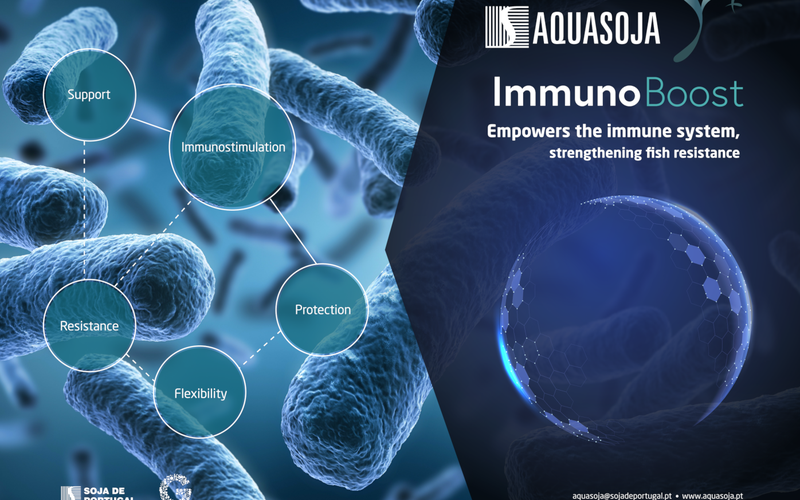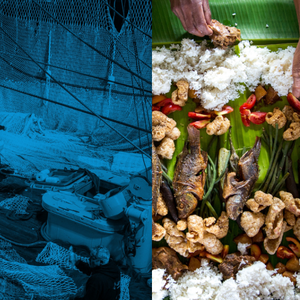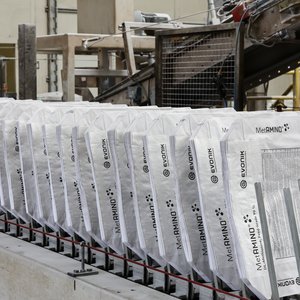Extreme environmental conditions and bacterial, parasitic and viral diseases can lead to significant economic losses for a fish farmer. Even with vaccination as a prevention strategy for some pathologies, alternative approaches are often needed, namely via food, which strengthens the animal’s immune system before and during the period of greatest environmental adversities.
In its product portfolio, Aquasoja has Ygeia+, a functional feed that helps fish face stressful situations (transport, classification, change of nets, seasonal changes, vaccination events, among others) and includes four vectors: stimulation and support of the immune system, protection against pathogens, reduction of the animal’s generalized state of anxiety and antioxidant protection. Nevertheless, due to the presence of a natural anxiolytic component, the use of Ygeia+ is not advisable for “long” periods as it may induce fish to become too relaxed, which can impact the voluntary feed intake and, consequently, affect the growth of fish. Furthermore, customers have mostly made use of this product on small fish in pre-vaccination states, where the reduction of stress levels is very important for the success of this process.
To fill this gap, Aquasoja introduced IMMUNOBOOST, a new functional supplement to stimulate the immune system and reinforce protection against pathogens in more challenging periods of increased susceptibility to pathogens. This supplement benefits from independent and/or synergistic action of additives from plants and fungi with immunostimulant and antioxidant properties with additional antimicrobial, antiparasitic and bacteriostatic action. Moreover, IMMUNOBOOST has a positive impact on the health condition and resistance to pathologies, growth performance stability during critical periods, mortality rate (lower values) and the use of additional chemicals (reduction or no usage).













